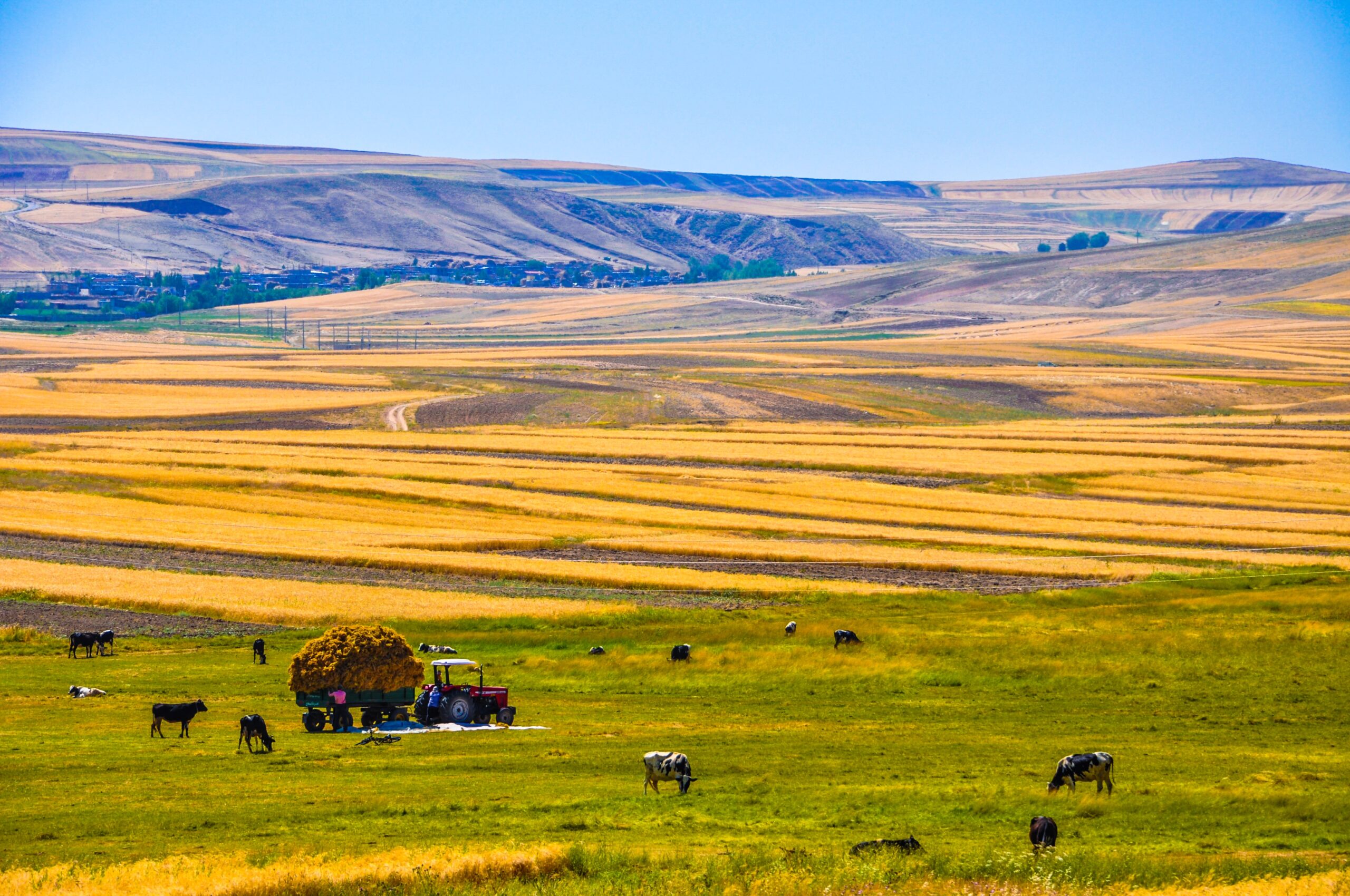Historically, human uses of land have transformed and fragmented ecosystems, degraded biodiversity, disrupted carbon and nitrogen cycles, and added prodigious quantities of greenhouse gases (GHGs) to the atmosphere. However, in contrast to fossil-fuel carbon dioxide (CO2) emissions, trends and drivers of GHG emissions from land management and land-use change (together referred to as ‘land-use emissions’) have not been as comprehensively and systematically assessed. Even where land-use change emissions are negligible or negative, total per capita CO2-equivalent land-use emissions remain near 0.5 tonnes per capita, suggesting the current frontier of mitigation efforts. Our results are consistent with existing knowledge—for example, on the role of population and economic growth and dietary choice—but provide additional insight into regional and sectoral trends.





